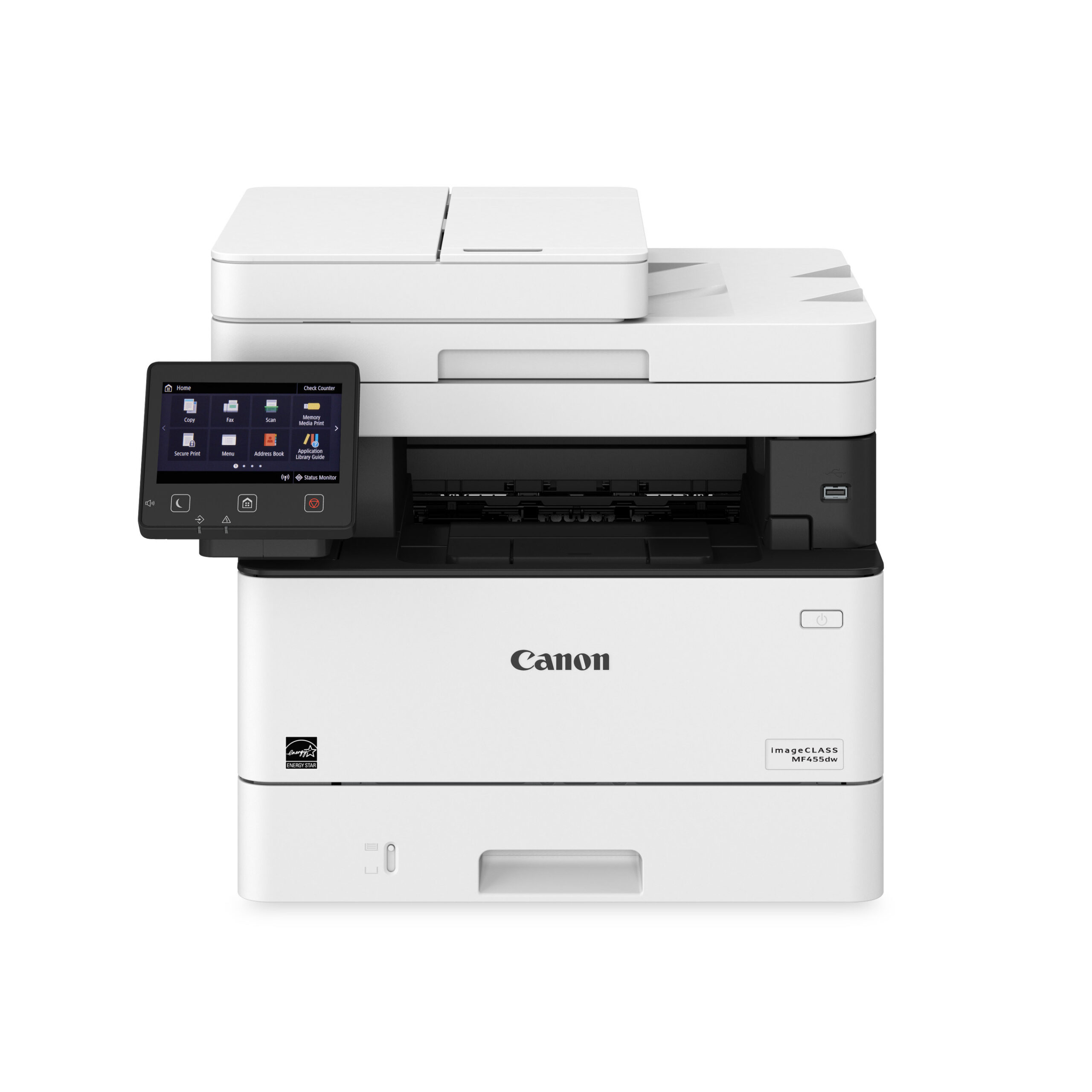How To Protect Your Server From Overheating

The components chosen for a server, along with the regulated temperature of the data center, both play a role in keeping the server protected from overheating. Taking each step seriously and setting up everything correctly from the beginning is one of the best ways to protect your server from overheating.
Regulate Temperature and Humidity
The recommended temperature settings for a data center are anywhere from 64.4 to 80.6 degrees Fahrenheit, with a humidity level of 20 to 80 percent. Although these are recommendations, most data centers lean toward the cooler end (77 degrees and below). Staying cool is the best way to protect from overheating and eliminating humidity, which has no place in a data center. You may even find data center workers dressed for winter while working in the center so they can work in the lower temperatures.
Ditch the Hard Drive
Hard drives are a great choice for storing information, as they hold a lot of data and are fairly inexpensive. However, they are infamous for generating heat. The better option is solid state storage (SSD). The SSD card holds just as much data, takes up no space in the server, and runs cool. When setting up a server or looking for ways to improve and optimize it, consider SSD instead of a hard drive.
Cooling Fans
Fans in the data center keep the air flowing, which helps with cooling. Any type of fan works—just make sure cords are out of the way of components and staff.
Seal the Room
Look for gaps around windows and doors. Cool air sneaking out or warm air sneaking in won’t help you regulate the temperature of the data center. Not to mention, energy cost goes up when you don’t properly seal a room.
Lighting
Most data centers aren’t brightly lit. Often, all that you can see are rows of beautiful colored lights from the servers rather than traditionally lit rooms. The darkness serves a purpose in the data center. Darkness doesn’t generate heat. It also keeps the components in the data center a bit more secretive so competitors can’t see what’s going on, and let’s face it—the darkness looks really cool.
Cooling Racks
Consider servers with built-in cooling racks to give the server a head start in staying cool. Cooling racks work using water or a refrigerant liquid within the rack to keep the server cool. They’re a great way to protect your server from overheating.
Cooling a business server may seem overwhelming, but it doesn’t have to be. Get it right from the beginning by creating the best data center with the right components. With the addition of regular monitoring, your server will fulfill its role in your business for many years to come.





